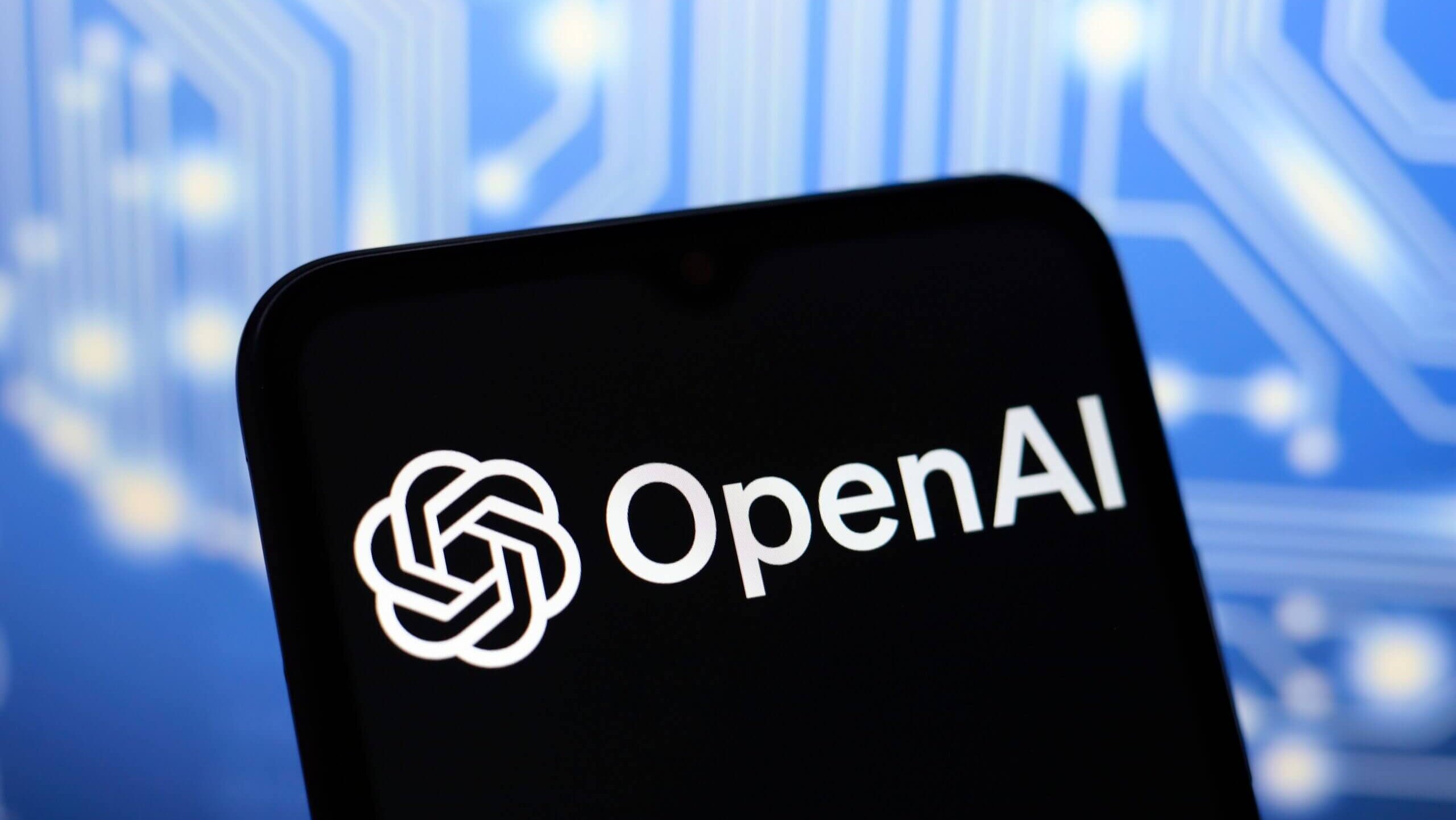Tinder’s New Face Scan: Is It a Match for Safety?
Introduction: Swiping Right on Security?
Tinder, the ubiquitous dating app that has revolutionized how we meet potential partners, is rolling out a significant new security measure in the United States. New users will now be required to complete a “Face Check,” a process involving a short selfie video, before they can start swiping. This move, already tested in California and select international markets, aims to combat a persistent problem: fake profiles. Will this biometric barrier make Tinder a safer and more authentic platform, or will it be seen as an intrusive invasion of privacy? Let’s delve into the details of Tinder’s Face Check and explore its potential implications.
The Problem: Bots, Imposters, and Catfishing
The online dating world, unfortunately, is rife with fraudulent activity. Bots, automated accounts designed to scam users, are a constant nuisance. Duplicate profiles, often used for malicious purposes, clutter the platform. And the most harmful of all: impersonation, or “catfishing,” where individuals create fake personas to deceive and manipulate unsuspecting users. These issues erode trust, create negative experiences, and can even lead to serious financial or emotional harm. Tinder, with its massive user base, is a prime target for these malicious actors, making the need for robust security measures all the more pressing.
How Face Check Works: The Selfie Video Requirement
Tinder’s Face Check is a relatively straightforward process. New users are prompted to record a short video selfie within the app. This isn’t just a static photo; the video captures movement and subtle facial nuances. Tinder’s system then analyzes the video to verify that the person in the video is a real, live individual. It also compares the video to the photos uploaded to the user’s profile to ensure consistency. This multi-layered approach aims to significantly reduce the chances of bots and fake profiles slipping through the cracks.
The Technology Behind Face Verification: AI and Biometrics
The technology underpinning Face Check relies on sophisticated artificial intelligence (AI) and biometric analysis. Algorithms analyze the video for liveness detection, ensuring the person is present and not a pre-recorded image or deepfake. Facial recognition technology then compares the features in the video to the profile photos, looking for consistent markers and characteristics. This technology is constantly evolving and improving, becoming more accurate and reliable over time.
Privacy Concerns: Data Security and User Anonymity
While the intention behind Face Check is commendable, privacy concerns are inevitable. Users naturally worry about how their biometric data will be stored, used, and protected. Tinder has assured users that the video selfies are not stored permanently and are only used for verification purposes. However, the possibility of data breaches or misuse always exists. Transparency and robust data security protocols are crucial to maintaining user trust and mitigating potential risks. Users should carefully review Tinder’s privacy policy to understand how their data is handled.
The Benefits: A Safer and More Authentic Experience
The potential benefits of Face Check are significant. By weeding out bots, duplicate accounts, and impersonators, Tinder can create a safer and more authentic experience for its users. Reduced exposure to scams and fake profiles can lead to increased trust in the platform and a more positive overall experience. This, in turn, can encourage more genuine connections and meaningful interactions.
Impact on User Growth: Balancing Security and Onboarding
One potential drawback of Face Check is its impact on user growth. Adding an extra step to the signup process could deter some potential users, particularly those who are hesitant to share biometric data. Tinder needs to strike a delicate balance between enhancing security and maintaining a smooth and seamless onboarding experience. Clear communication about the benefits of Face Check and reassurance regarding data privacy will be essential to minimize any negative impact on user acquisition.
Global Rollout and Future Developments
The rollout of Face Check in the U.S. is a major step, but it’s likely just the beginning. Tinder plans to expand the feature to other countries in the future. Furthermore, the technology behind Face Check is constantly evolving. We can expect to see further refinements and improvements in the years to come, potentially including more advanced biometric authentication methods.
Alternatives to Face Verification: Exploring Other Security Measures
While Face Check represents a significant step forward, it’s not the only security measure Tinder employs. Other methods, such as phone number verification, email address validation, and reporting mechanisms, also play a crucial role in maintaining a safe and trustworthy platform. A multi-layered approach, combining various security measures, is the most effective way to combat fraud and abuse. Continuous innovation and adaptation are essential to stay ahead of malicious actors and protect users.
Conclusion: A Necessary Evolution or a Privacy Overreach?
Tinder’s decision to implement Face Check is a bold move that reflects the growing need for enhanced security in the online dating world. While privacy concerns are legitimate and must be addressed transparently, the potential benefits of a safer and more authentic platform are undeniable. Whether Face Check ultimately proves to be a success will depend on its effectiveness in combating fraud, its impact on user growth, and its ability to maintain user trust. The dating landscape is constantly evolving, and Tinder’s embrace of biometric verification is a clear indication that security is becoming an increasingly important factor in the search for love and connection.
FAQs About Tinder’s Face Check
- Why is Tinder requiring a Face Check?
- Tinder is implementing Face Check to combat bots, duplicate accounts, and impersonation, creating a safer and more authentic experience for its users.
- How does Face Check work?
- New users are required to record a short video selfie within the app. Tinder’s system analyzes the video to verify that the person is real and that their face matches their profile photos.
- Is my Face Check video stored permanently?
- Tinder has stated that the video selfies are not stored permanently and are only used for verification purposes. However, it’s important to review Tinder’s privacy policy for details on data handling.






